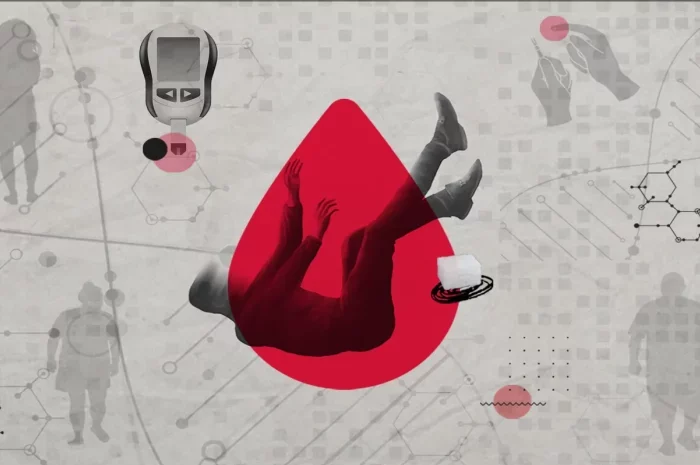Diabetes, a chronic metabolic disorder characterized by high blood sugar levels, affects millions of people worldwide. While some individuals are diagnosed early due to noticeable symptoms, others may have diabetes for an extended period without realizing it.
In this comprehensive guide, we delve into the question: How long could you have diabetes without knowing it? From understanding the silent progression of the condition to recognizing potential warning signs, we aim to shed light on this silent threat.
The Silent Progression of Diabetes
Diabetes is often referred to as a “silent” disease because its onset and progression can occur without obvious symptoms.
Unlike acute illnesses that manifest with immediate signs, diabetes develops gradually over time, quietly wreaking havoc on the body’s delicate balance of blood sugar regulation. This slow and insidious progression can make it challenging to detect the condition in its early stages, leading to delayed diagnosis and increased risk of complications.
Understanding Prediabetes
Before the onset of diabetes, many individuals experience a precursor stage known as prediabetes. During this phase, blood sugar levels are higher than normal but not yet high enough to be classified as diabetes.
Prediabetes serves as a warning sign, indicating an increased risk of developing type 2 diabetes if left unaddressed. However, since prediabetes often presents with few or no symptoms, many individuals may remain unaware of their elevated risk until further complications arise.
Potential Risk Factors
Several factors may contribute to the development of diabetes and influence how long it goes undetected:
1. Genetics:
A family history of diabetes can significantly increase one’s risk of developing the condition. Individuals with close relatives, such as parents or siblings, who have diabetes are more likely to develop the disease themselves.
2. Lifestyle Factors:
Sedentary behavior, poor dietary choices, and excessive weight gain are key contributors to the development of type 2 diabetes. These lifestyle factors can lead to insulin resistance, a condition in which the body’s cells become less responsive to insulin, thereby impairing glucose uptake and regulation.
3. Age:
Age plays a significant role in diabetes risk, with the prevalence of the disease increasing with advancing age. Older adults are more likely to develop diabetes due to age-related changes in metabolism and insulin sensitivity.
4. Ethnicity:
Certain ethnic groups, including African Americans, Hispanic/Latino Americans, Native Americans, Asian Americans, and Pacific Islanders, have a higher predisposition to diabetes compared to others. Genetic and environmental factors unique to these populations contribute to their increased susceptibility.
Recognizing Potential Warning Signs
While diabetes may progress silently, there are some common signs and symptoms that may indicate the presence of the disease:
1. Increased Thirst and Urination:
Excessive thirst (polydipsia) and frequent urination (polyuria) are classic symptoms of diabetes, resulting from the body’s attempts to eliminate excess glucose through urine.
2. Unexplained Weight Loss:
Sudden and unexplained weight loss can occur in individuals with undiagnosed diabetes, particularly type 1 diabetes. The body may break down muscle and fat tissue for energy in the absence of sufficient insulin.
3. Fatigue and Weakness:
Chronic fatigue and weakness may result from the body’s inability to effectively utilize glucose for energy, leading to feelings of lethargy and exhaustion.
4. Blurred Vision:
High blood sugar levels can cause changes in the shape of the eye’s lens, leading to blurred vision or other visual disturbances.
5. Slow Healing of Wounds:
Diabetes can impair the body’s ability to heal wounds and injuries due to poor circulation and compromised immune function.
The Importance of Early Detection
Early detection of diabetes is crucial for preventing complications and managing the condition effectively. Routine screening tests, such as fasting blood sugar tests, oral glucose tolerance tests, and hemoglobin A1c tests, can help identify individuals with prediabetes or diabetes, allowing for timely intervention and lifestyle modifications.
Conclusion
In conclusion, the timeline for how long one could have diabetes without knowing it varies depending on individual risk factors, genetic predisposition, and lifestyle choices.
While diabetes may progress silently, awareness of potential warning signs and routine screening can aid in early detection and intervention.
By understanding the insidious nature of diabetes and taking proactive steps to mitigate risk factors, individuals can empower themselves to maintain optimal health and well-being.

























